The Hard Truth Behind Premature Tyre Changes
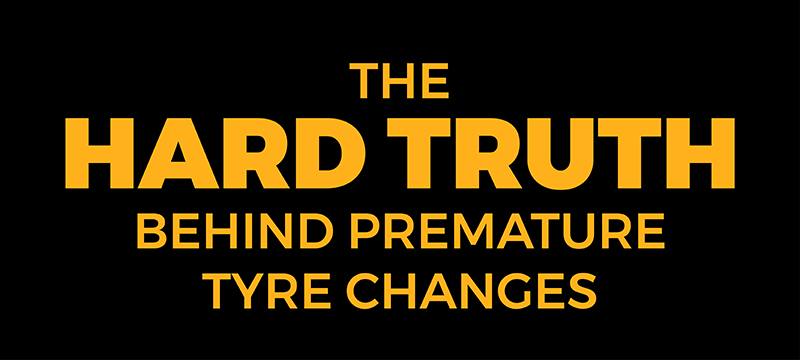
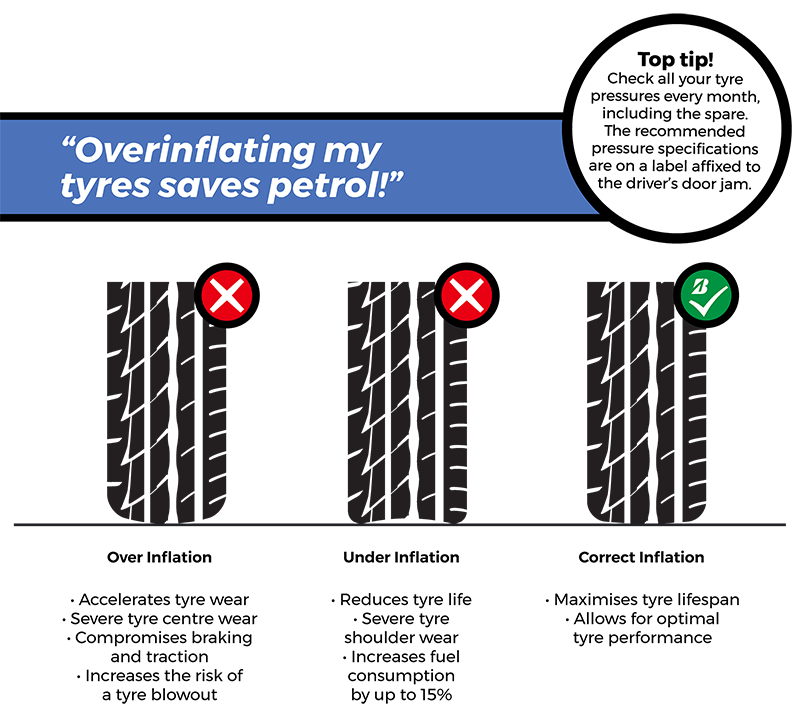
(zoom-in or open image in new tab to find out more)
Your car’s manufacturers specifies the inflation pressures for the front and rear tyres to optimise all-round performance - which includes ride comfort, handling, fuel economy, and tyre wear. The recommended inflation pressures ensure an even distribution of vehicle load, acceleration, braking, and cornering forces in the tread.
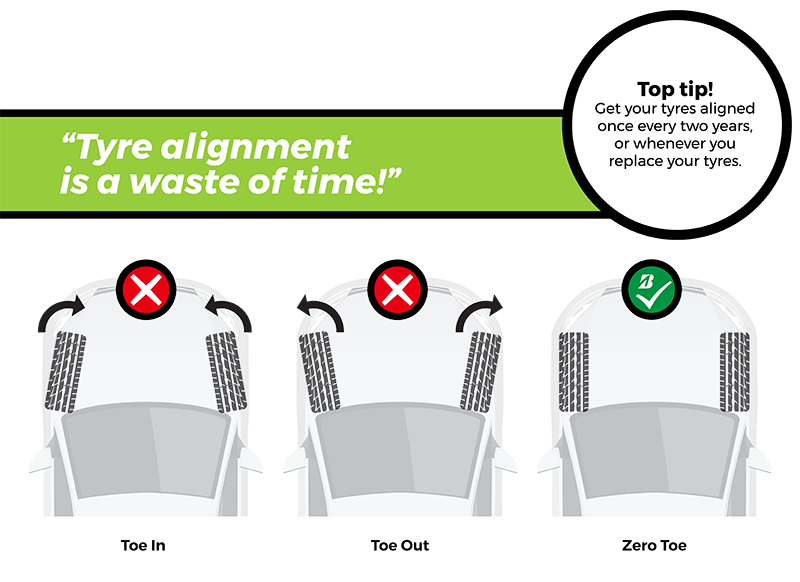
(zoom-in or open image in new tab to find out more)
Tyre alignment encompasses the adjustment of both the vehicle’s steering and suspension components - the system that connects and controls the motion of the wheels. When the vehicle encounters a puddle that causes only one tyre to lose grip, the other tyre’s toe setting will push (excessive toe-in) or pull (excessive toe-out) the vehicle to the side.
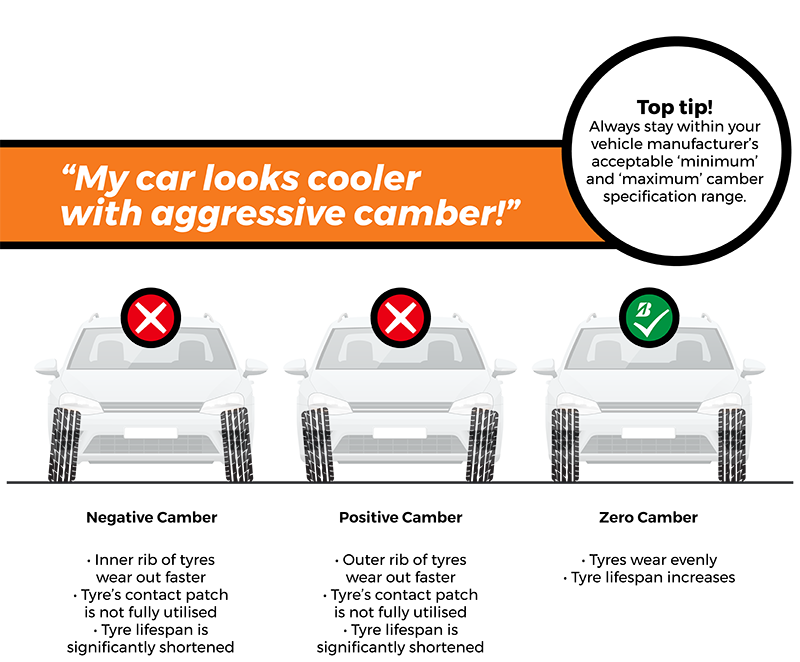
(zoom-in or open image in new tab to find out more)
The camber angle identifies how far the wheel and tyre slants away from vertical when viewed directly from the front or back of the vehicle. Appropriate camber settings that take into account the vehicle and driver's aggressiveness will help balance optimal tread lifespan with maximum cornering performance.
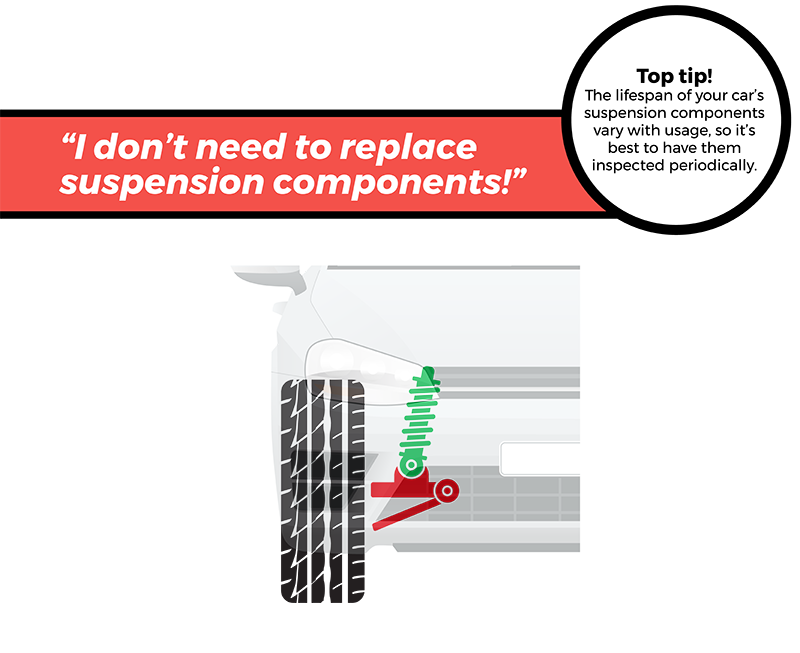
(zoom-in or open image in new tab to find out more)
If your car’s suspension components - such as the tie rod ends, control arm bushings or shock absorbers - haven’t been replaced in a while, they could be causing uneven tyre wear. The abnormal wear patterns can be similar to of aggressive toe or camber settings, and it’s best that you bring your car to a workshop for a through diagnosis.
Download the infographic from this link.
Need more advice on tyre care? Click here for more interesting tips and articles!